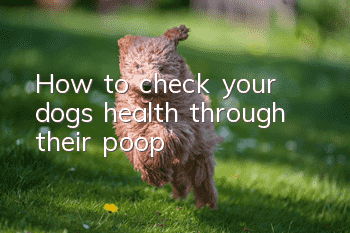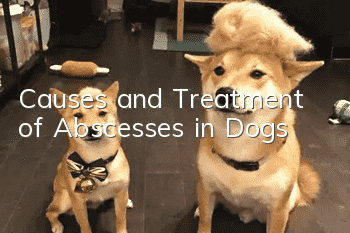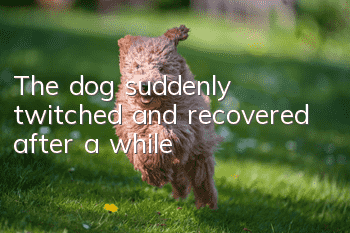How to check your dog’s health through their poop

Sometimes when dogs are sick, they don’t have obvious symptoms like when we humans get sick. Therefore, observing the dog’s poop can more effectively check the dog’s health status, allowing parents to detect the dog’s discomfort in time. So how can you check your dog’s health through their poop?
1. Judging by the shape of poop
1. Healthy poop: It is cylindrical in shape and can be pinched with a paper towel.
2. Soft stool: I want to wrap it up with a paper towel, but it quickly penetrates from the paper and leaves traces on the ground.
Cause: cold. Eating too much or being too cold can cause diarrhea
3. Elongated stool: It is thinner than ordinary stool. This is a danger sign because the intestinal cavity is narrow or the intestine is blocked by accidental ingestion of foreign objects.
4. Mosaic-shaped stool: incompletely digested things such as corn are embedded in the stool. Dogs cannot digest the food they eat because some foods are not suitable for the dog’s stomach.
5. Small ball-shaped stool: Each one is small ball-shaped, with few bowel movements and hard stool. It is only passed once every 2-3 days.
Reason: Inflammation caused by insufficient drinking water or improper diet, resulting in dry stool and even difficulty in defecation.
6. Mud-like stool: Mud-like liquid stool is excreted into chocolate-colored or coffee-colored mud-like stool with a strong putrid smell.
Cause: Digestive tract mucosal damage, pathogen infection or digestive tract ulcer.
7. Watery stool: Although the stool is mixed with lumps, it is basically liquid.
Reason: It may be a sign of severe infectious diseases such as parvovirus infection and coronavirus enteritis, and may worsen rapidly.
8. Mucus stool: There is mucus in the stool, with mucus and bubbles on it. It may be that the rectal mucosa near the dog's anus is severely inflamed. Mucus is tarry and has a shape to the stool. It may be bleeding in the gastrointestinal tract, but it has been too long, and the blood has coagulated and mixed with the stool during excretion.
2. Look through the color of poop
1. Gray-white stool: It may be caused by jaundice or bile duct obstruction caused by stones, roundworms, tumors, etc., resulting in the inability to discharge biliflavin casually.
2. Green poop: Eating vegetables with high content, incomplete digestion and absorption, and excessive acidity in the intestines can also cause green poop.
3. Green poop: healthy poop.
4. Dark yellow stool: A large number of red blood cells in the body are destroyed, resulting in jaundice.
5. Orange poop: poor digestion, resulting in incomplete absorption of food.
6. Red poop: ownerFirst, check whether your dog’s stool is bloody due to anal fissure. If not, it is likely to be bleeding from the dog’s lower gastrointestinal tract.
7. Brown poop: The color of healthy poop, but the food the dog eats contains more fat, so the fat intake should be reduced appropriately.
8. Black stool: caused by bleeding in the stomach, small intestine, duodenum and other digestive organs.
- How to train an adult Bichon Frize? The editor will teach you!
- How to feed Chow Chow? How to feed Chow Chow at home!
- What should I do if my dog vomits and won’t eat? What causes dogs to vomit?
- Why do dogs always drool? Why dogs drool!
- How to properly trim your pet’s nails? What should I do if the blood line is cut?
- What do animals with hyperglycemia need to pay attention to?
- How to train a three-month-old puppy
- How often is the best time to vaccinate your dog?
- Can two-month-old puppies take fish oil?
- Is the Karelian Bear Dog easy to raise? How to raise it?



